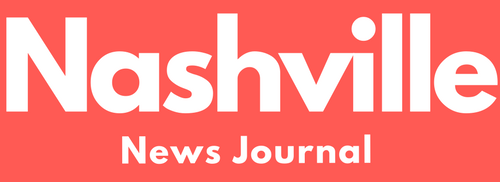Like many others, 20-year-old Callie Cash moved to Nashville from Washington state to chase her dreams of music and fame.
“So I packed up my Chihuahua and my little car that I’m really surprised didn’t break down on the way here,” Cash said.
She didn’t have a job waiting for her when she arrived, and she’s not alone. About 82 people are moving to the area every day.
With a crane on almost every corner, construction in downtown Nashville is at an all-time high. With new buildings, condominiums, restaurants, bars and celebrities, it’s easy to see why Nashville is such a big draw.
But what is Metro doing to handle wave after wave of new residents, businesses, traffic and more?
The 2,000-page NashvilleNext plan looks to tackle those issues.
Metro planners said getting people and businesses to move into specific areas in and around town is the key to making it all work.
“People want services where they live,” said Kathryn Withers, Community Planning and Design. “They may have to drive for their job. When they come home, they want to be close to a restaurant or close to a grocery store.”
Officials have highlighted eight growth centers that will be Metro’s main focus over the next 10 years: downtown, Madison, Lebanon Pike near Donelson, southeast along the I-24 corridor, south Nashville near Thompson Lane, the Green Hills/midtown area, west Nashville, and Charlotte Avenue.
“The traditional way of expanding a city is going out to the edge of town and building more,” said Craig Owensby with the Metro Planning Department. “That doesn’t work anymore because of distance, because of infrastructure, because of the cost of not only commuting, but the cost of keeping this up.”
Under Metro’s plan, there will be many new sidewalks, water and sewer lines going in. Hundreds of intersections will also be tweaked and upgraded with new equipment to make the commute safer.
“We’re going to collect data, count cars, count pedestrians and re-time entire corridors all at once,” said Chip Knauf, Metro’s chief traffic engineer. “Instead of one or two signals along the way, we do 50 at a time.”
The mass transit issue could also come roaring back soon.
Metro Water uses cameras to inspect underground sewer pipes and potential problems. Older pipes and system upgrades will need to be addressed.
“We have over 3,000 miles of water lines, over 3,000 miles of sewer mains. So a lot of underground infrastructure, some of it aging,” said Sonia Allman with Metro Water Services. “It’s a challenge even without the growth.”
Metro Water officials said developers are required to pay for running new sewer and water lines. They also said keeping taps flowing to all current and future residents is a priority.
“We kind of look at the projections out to 2040, and we have all of our systems, water and waste water modeled with computer models,” said Leanne Scott, an engineer with Metro Water.
The noise, traffic and clutter in some neighborhoods is proving to be a challenge. All are signs of growth and change.
Wayne Bass owns an auto repair shop in the growth center along Charlotte Avenue. It’s prime real estate for a family business that is generations old.
“You see neighborhoods go down and you see them come back up,” Bass said. “We’ve just been able to stay here through the whole thing.”
Bass’ daughter Rachael Tidwell runs the business now.
“It’s been a good, positive thing, because the new neighbors we are getting in are great neighbors,” Tidwell said. “They’re very focused on bringing up the neighborhood.”
In the Germantown area, Larry Harrison and his dog Lucy are still getting used to construction and traffic, but his family believes it’s worth it.
“We actually walk to work,” Harrison said. “We both work for Centerstone, and it’s just four or five blocks away. So all of those things impacted us moving here: walkable neighborhood, the restaurants around, lots of fun people to be around.”
Metro planners said people walking and biking more and driving less helps ease traffic congestion.
But as Nashville developers expand their footprint, there will be casualties. With property at a premium in many neighborhoods, some people worry they will lose their property to eminent domain.
Metro developed the NashvilleNext plan after taking input from 14 communities stretching from Joelton to Antioch and beyond. Public meetings played a major role in deciding where to put the eight growth centers. The city will also try hard to “maintain the character of the community.”




